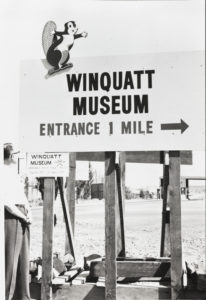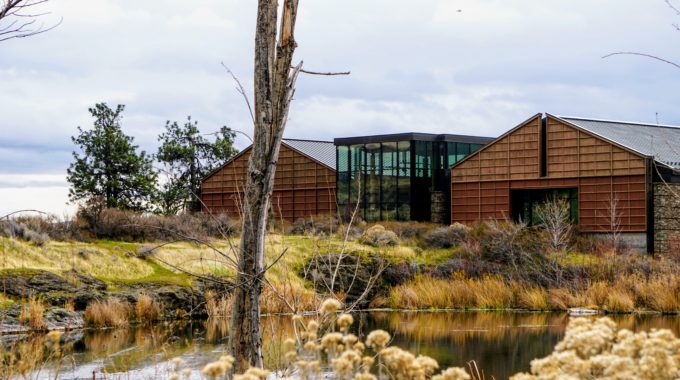Who remembers this museum?
Who remembers this museum?
 In the year 2000, the Columbia Gorge Discovery Center received a long-term loan from Wasco County/City of The Dalles, of items that had once been on display at the Winquatt Museum.
In the year 2000, the Columbia Gorge Discovery Center received a long-term loan from Wasco County/City of The Dalles, of items that had once been on display at the Winquatt Museum.
The Winquatt Collection was initially exhibited at the museum, but the items were eventually returned to storage. While many of the artifacts are durable – stone net weights, mortars and pestles – others are in more fragile and delicate condition.
At the beginning of the year 2020 (a year that will be a stand-out in our minds for many reasons), inventory was taken of the Winquatt collection. We have been revisiting many of these artifacts and the history behind their collection.
Do you remember the Winquatt Museum? It was located in the old Seufert Cannery buildings, which were once located near The Dalles Dam in the area where the visitor center is now located. The museum was established as an archaeology museum to showcase artifacts coming from the Wakemap Mound dig.
Many of the items from the dig went to the Washington State Museum. And over time, Wasco County residents began donating additional items to the Winquatt Museum.
The Winquatt Museum was an important part of our area’s heritage and it’s been an honor to review the artifacts in the collection.

